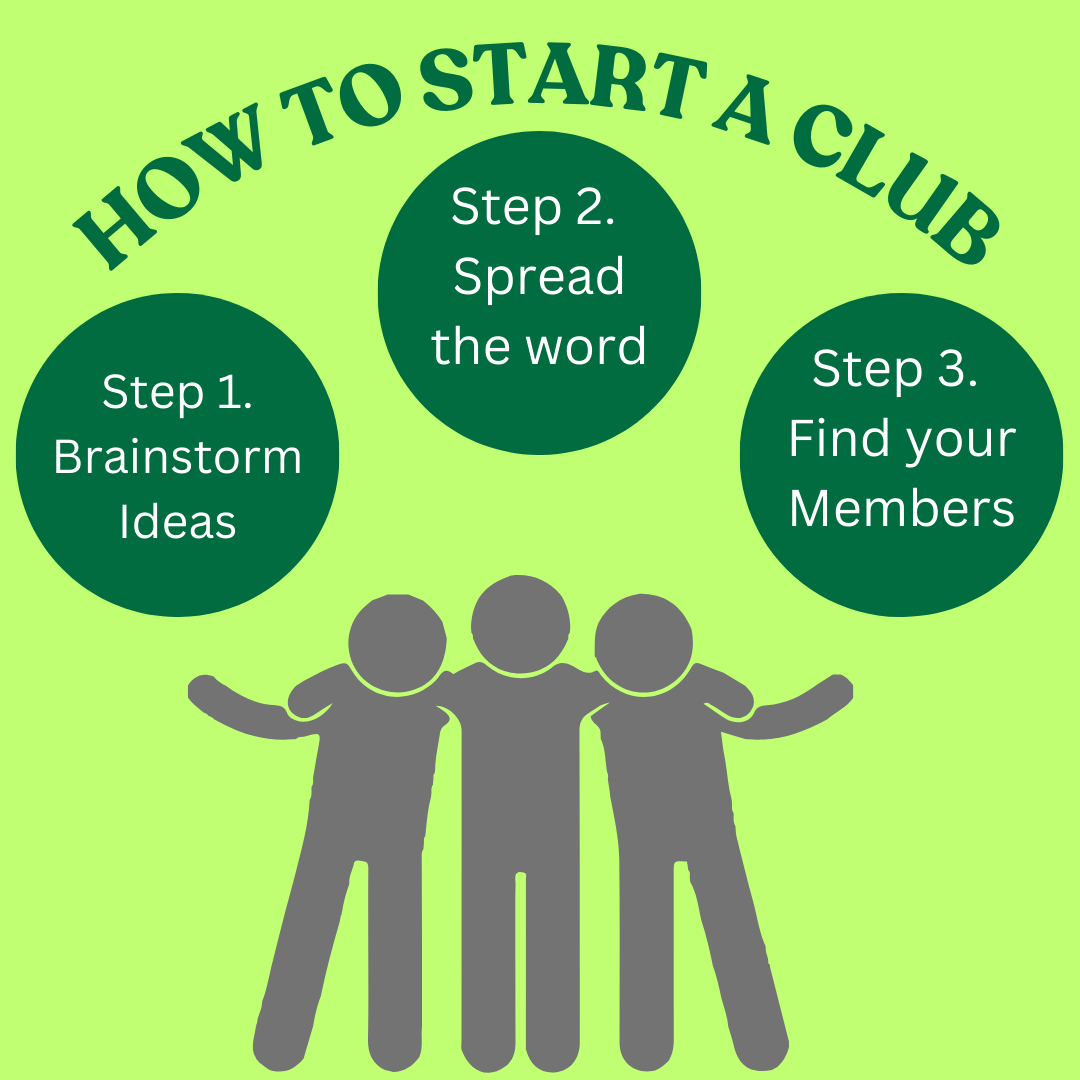
You just received an unsatisfactory score on your math test. Groaning, you sigh to yourself, “I’m just going to go home and have a tub of ice cream.” Does that sound familiar?
Whether we want to admit it or not, we have all fallen into the trap of emotional eating before. Common culprits include chocolate, cake, ice cream, chips, pizza or anything the body is craving at the moment. Clearly, food does more than simply fill our stomachs. It also satisfies our feelings, comforts us and acts as a stress reliever. Often times, we feel sad, stressed, and overall, incomplete. Until that emotional “void” is filled, nothing can meet our needs.
Emotional eating often leaves behind feelings of guilt, sadness, depression and desire for even more comfort food. As a result, we become trapped in a vicious, unhealthy cycle of emotional eating in which the real source of our unhappiness is never addressed.
The pleasant feelings associated with emotional eating, however, are only part of the story. When we eat, the brain releases chemicals that make us feel more alert and excited. Chocolate, for example, boosts the “feel good” hormones in our bodies. A 2009 study from the Commonwealth Scientific and Industrial Research Organization shed light on the chemical impact carbohydrates have on our brain and our mood.
The study revealed that low carbohydrate dieters have the lowest moods. Carbohydrates trigger the increased production of serotonin in the brain. Serotonin levels correlate directly with your mood, which is why cutting carbs from your diet can make you grumpy, and eating more when you are upset can alleviate feelings of stress. Research has also shown that exhaustion is a key factor in emotional eating. People who were sleep deprived, upon seeing pictures of unhealthy food, became more alert; that is why you craved those chips when you pulled an all-nighter studying for your math test.
Journal of Clinical InvestigationHormones in our stomach also communicate directly with our brains. In a 2011 study published in the
, researchers “fed” volunteers through a stomach tube. Volunteers were split into two groups; one group received a solution of fatty acids while the other received a saline solution. Both groups then listened to music that evoked neutral or sad feelings. Volunteers who had more saturated fat in their stomachs from the tube, in comparison to volunteers who had received a simple saline solution, were more happy and upbeat. The results from the experiment suggested that emotional eating operates on more than just a psychological level. Food has a soothing effect even on a biological basis.
Furthermore, the association between food and comfort has been ingrained in us since childhood. Teachers use food as incentive for good grades or good behavior in the classroom. Do you remember the pizza parties you had in elementary school for winning a competition of some sort?
Parents often offer treats to young children to motivate them to do their homework. At the doctors, children are given lollipops after a shot. Ever since we were young, food has been used to help regulate our emotions and has been used as a pacifier. We associate certain foods with good moods. So, not surprisingly, to lighten our moods, we gravitate towards these same items when we seek solace.
Although using food as a source of comfort has become quite common, emotional eating or a binge once in a while is harmless. After all, we are only human. Emotional eating becomes serious, however, if it occurs constantly trapping us in a vicious, unhealthy cycle of emotional eating in which the real problem is never addressed. Turning to the refrigerator for answers, instead of your family and friends, is not the proper solution to a problem.
Facts from cnn.com and webmd.com
By ZILIN ZHOUStaff Writer









